There are more interesting articles, commentaries and analyst reports on the Web every week than anyone could read in a month.
Each Saturday morning I like to share some of the ones I’ve read during the week.
The weekend will be over before you know it, so enjoy some weekend reading.
Why clearance rates point to real signs of a recovery
When it comes to the property market – things are looking up.
According to an article on Realestate.com.au results from recent clearance rates indicate signs of a recovery.
The most recent downturn in Sydney and Melbourne was never going to be the worst downturn ever recorded, despite all the hype.
And prices in premium suburbs are now rising – so it’s clear that we’re at the beginning of the next property price cycle.
So how did we get here and why is the market recovering now?
Not every city experienced the downturn
Not every city in Australia has experienced tough conditions in the property market over the last two years.
Tasmania and regional Victoria continued to do well over that time while Adelaide remained steady while other markets oscillated.
Tasmania saw a substantial structural change to its economy over this time period and saw a strong increase in population growth.
For regional Victoria, the drivers have been similar – more infrastructure spending in places like Geelong, jobs growth and more buyers looking beyond Melbourne for affordable housing.
Prices in Perth and Darwin did tumble, but mostly for other reasons.
Brisbane remained stable, despite overblown fears of too many apartments.
So, when we talk about the housing downturn, driven by finance restrictions, we are really only talking about Sydney and Melbourne.
What caused the property downturn?
The recent downturn in the property market was driven largely by regulation and domestic factors.
Access to finance was squeezed because of the Financial Services Royal Commission, as well as regulators putting a dampener by increasing restrictions to lending.
t is now two years since Sydney’s prices began to fall and over this time period, we can see that some areas were hit harder than others.
Sydney suburbs still dominate the top five biggest declines in prices, with areas containing a large amount of apartment construction featuring strongly.
Melbourne fared better over the downturn, but Melbourne’s inner east was the worst hit – partly apartment driven but also because it was one market that also saw the biggest jumps in prices when conditions were strong.
The recovery has begun
And although Sydney and Melbourne prices are yet to show recovery on a capital-city wide basis, all signs suggest Spring 2019 will be much better than 2018.
The latest auction clearance results come on the back of last weekend’s NRL Grand Final and subsequent long weekend. Sydney hit a 77% clearance rate from 198 auctions, while Melbourne hit a 75% clearance rate from 495 auctions.
As an indication as to how different auction activity is this year compared to last, a summary for August 2019 shows in Sydney auction numbers were down 27% while in Melbourne they were down 15%.
This, along with increased search activity on realestate.com.au, has led to a big jump in clearance rates.
Read the full article here
Rental vacancies decline to 2.1pc
It looks like rental vacancies have taken a dip.
This Blog by Pete Wargen looks at the results.
Vacancies down
The national residential vacancy rate fell from 2.2 per cent to 2.1 per cent in September, according to SQM Research, with declines recorded across most capital cities.
Sydney saw an improvement from 3.4 per cent to 3.2 per cent, in line with the findings of the REINSW vacancy rate survey.
Vacancy rates also fell again in Brisbane to 2.3 per cent, well down from 2.9 per cent a year earlier.
There were improvements across most rental markets, with the tightest capital city markets now Hobart (0.6 per cent), Adelaide (0.9 per cent), and Canberra (1.0 per cent).
The ACT is now reportedly set to introduce legislation to cap rental price increases – although property rates and land taxes can continue to be hiked unabated – as the farcical meddling and ongoing distortions continue.
Read the full article here
The RBA’s last two rate cuts didn’t even touch the sides of the economy – but it’s going to keep on slashing them regardless
Though we have already experienced 2 interest rate cuts this year – it doesn’t look like it’s ending there.
This article from Business Insider look at what’s we can expect from the RBA.
The Reserve Bank of Australia (RBA) is in one hell of a tricky position.
It knows well enough that it can’t get the economy going by itself but it’s not going to wave the white flag either.
It admitted as much at its October meeting, the minutes of which were released on Tuesday, with board members conceding the economy hadn’t improved significantly in the months following its June and July cuts.
“[Board] members noted that there had not yet been evidence of a pick-up in household spending following the recent reductions in the cash rate and receipt of the tax offset payments, although they acknowledged that it may be too early to expect any signs of a pick-up,” it said.
That’s an effective failure for the RBA which has been endeavouring to get Australians employed, earning more and spending all at once.
While there are a whole host of new jobs being created, they are more than being gobbled up by a record-high proportion of Australians looking for work.
That, in turn, has kept wages stagnate and spending down, and the economy looking precarious accordingly.
In short, the RBA has managed to achieve none of its stated aims — but not through lack of trying.
It has decided to cut rates in three of its last five meetings — its principal lever to achieve economic growth.
The official cash rate sits now at 0.75%, its lowest level in Australia’s history.
But rather than stimulating the economy, there’s some suggestion that they’re scaring Australians instead.
The RBA certainly notes “the possibility that [cuts] might be less effective than past experience suggests.”
That’s not to mention the risk of inflating house prices as borrowing becomes cheaper, although the RBA believes the recent drop in prices, and reluctance among banks to lend limits the risk somewhat.
“Nonetheless, members assessed that close monitoring of this risk was warranted,” the RBA said.
That may also be offset by the fact that the banks are only passing on partial cuts, limiting the stimulus provided to both the housing market as well as the economy.
It also may be enough to see the RBA continue cutting.
It is after all expected to slash the interest rate to 0.5% by early next year.
But it’s running out of moves.
The government has refused to spend, and the RBA itself is really only left with unconventional tools like negative interest rates and quantitative easing (QE) — both of which it is reluctant to use.
“At that point we take the view that lowering the cash rate below 0.5% would involve a suite of additional measures.
The most likely candidates are forward guidance and some form of quantitative easing,” CBA senior economist Belinda Allen said in a note issued to Business Insider Australia.
“[But] what would reduce the need for unconventional monetary policy stimulus is conventional fiscal policy.
There are some tentative signs of willingness to ease fiscal policy in the mid‑year budget review — due December.”
The government however has given no indication thus far it will do so, which leaves the RBA on the hook to Australian unemployment level.
“The Board would continue to monitor developments, including in the labour market, and was prepared to ease monetary policy further if needed to support sustainable growth in the economy, full employment and the achievement of the inflation target over time,” the RBA said.
Read the full article here
Location, location, location: why up to two-thirds of property investors may be getting it wrong
When it comes to property investment succeeds – results indicate two-thirds of property investors may be getting it wrong.
An article from Abc.net.au explains what investors need to look for.
The housing market is moving again.
In the past month, national prices have climbed 0.9 per cent.
What matters most to buyers (and especially to investors), along with price and value, is location.
The cliché suggests that in the long run that’s all that matters.
So it would be unfortunate if investors were getting it wrong.
Our examination of proprietary data from a major bank covering 1.15 million residential mortgage applications over the six years between 2003 and 2009 suggests they might be.
Published this month in the Pacific-Basin Finance Journal under the title Home advantage: the preference for local residential real estate investment, it finds that more than two in every three Australians buying an investment property pick one close to where they live.
This means that someone who lives in Manly is far more likely to invest in Manly over anywhere else in Sydney or in Australia and so on.
There are several good reasons for this.
First, the time, effort and travel costs are typically lower when investing in your local area than investing further away.
Second, property investors sometimes plan to self-manage without an agent, making proximity an advantage.
The Real Estate Institute of Australia believes one in five investors self-manage.
And property investors might believe that they have a “home advantage” in knowing their location better than non-locals.
Home bias means eggs in one basket
Home bias is well-documented in other markets.
For example, investors in the stock market are more likely to hold shares in Australian rather than international companies.
This is even the case for superannuation funds, who set aside a sizeable portion of their assets for investment in Australian stocks — far more than the Australian stock market would represent in a global stock portfolio.
It brings with it problems alongside the advantages of convenience and local knowledge.
Most investors hold only one investment property alongside their place of residence, making it one of the few chances they have to diversify away from the risk embodied in that suburb.
Instead, most double down on that investment.
If you are wondering whether this is unwise, or unwise enough to outweigh the advantages of local knowledge, consider this question: How likely is it that the location you happen to live in will always outperform every other location?
Interestingly we find that “sophisticated” investors are more likely to invest outside of the suburb where they live than less sophisticated investors.
Investing non-locally is more likely among investors who own shares, already receive rental income, and work as professionals or in management positions.
And a more fragile financial system
The risks that doubling down on locations impose on unsophisticated investors extend to the financial system itself.
Higher geographical concentration of property investments increase the risk of defaults and foreclosures in a market downturn, amplifying economic cycles.
Australians have a lot of wealth tied up in property, and the property market in turn is highly connected to the financial system through bank lending.
Read the full article here
The truth behind popular home Instagram accounts
Social media has influenced many industries – and real estate is no exception.
But what’s the truth behind those perfectly styled images?
This article form Domain.com.au taken a behind the scenes look.
If looking at homes and decor is one of your obsessions, then there’s no doubt your Instagram feed is full of picture-perfect properties; where rooms are stunningly decorated, beds are blissfully made, cushions are perfectly positioned, surfaces are spick and span, and carpets are always toy-free.
All of this serves up some wonderful inspiration, of course, but at the same time it’s important to remember not to overthink these idyllic little squares.
Presenting some behind-the-scenes intel, here are some confessions from the people behind the popular Instagram accounts – reminding us that beyond these fanciful feeds, there’s often a bigger (and messier) picture.
Bed sheets that double as curtains
Rental life can be hard, particularly for those who live and breathe interior design. So when interior stylist Tara Wokulski, of @coco.camellia_‘s landlord wouldn’t let her hang sheer curtains, she was forced to get creative, all for the sake of her Instagram feed.
“One of my most asked questions is, ‘Where are your sheer curtains from?’, to which I reply, ‘They’re not sheers, they are linen bed sheets’,” says Wokulski.
“Yes, you read that right, the ‘sheers’ you’re seeing in my home are bed sheets hung over the top of my hideous blockout blinds, hiding my renter’s unkempt/non-landscaped garden – all to create the perfect photo op of filtered light and wishful thinking.”
Blu Tack to the rescue
Who doesn’t like to swoon at a carefully curated shelf, one that’s styled to perfection?
This is something that Wokulski has become known for, however, as she reveals, there’s a trick or two in perfecting this.
“Those magical items that just seem to be sitting ever so well balanced all on their own, well, they’re really not,” she says.
“You can thank trusty old Blu Tack for the helping hand in keeping that clock standing upright, stopping it from rolling over to the other side of the desk. In fact, I also use Blu Tack to keep empty frames up straight, so they’re not leaning against a wall, and also in between upstanding books stacked next to one another – this is all to ensure that there’s no gaps for photos.”
The imaginary home office
The home office has emerged as one of the most important spaces in the home, thanks to an upswing in both self-employment and flexible working trends.
This has resulted in the popular hashtag #homeoffice, where millions of people go on to share their idyllic home office spaces. One of these is interior stylist Cassandra Milne, of @thewhitecottage_, spilling the beans on some interesting behind-the-scenes tricks.
“Here’s a shot of my ‘perfect’ home office space when, in fact, this space is a figment of the imagination,” says Milne.
“I moved all the furniture to this corner purely for the photo op, as I just love the way it looks and the light in this corner of our home is just magic. Once I’ve taken the shot, I then sadly move all the furniture back to its original place.”
The real, but vacant home office
It appears that even the home offices of the non-fictional variety still have some of their own confessions to tell.
Such is the case for stylist Catherine Heraghty, of @the_stables_, who proves that just because a home office looks the part doesn’t mean it’s technically the place where the magic happens.
“This is a shot of my perfectly styled home office, not a pen or paperclip out of place.
However, the reality is I do so much work at the dining table instead, that way I can spread out and get better internet service,” says Heraghty.
“If I’m not working at the dining table, I am working in bed of an evening. There’s also a million cords tucked away under the desk that I always need to hide before I take any photos, and all of my current work sits in a pile on my chair, hidden from plain view.”
Disappearing act of pots and pans
With home trends like Scandinavian style and coastal chic continuing to show their dominance within the interior world, it’s only natural that beautiful white-washed homes would go on to appear on our feeds. But photographer and creative stylist Sara Dheays, of @coastalbysarah,reminds us that things are not always as they seem.
“My kitchen doesn’t look this clean everyday, and what you don’t see in this photo are the pots and pans that I already cooked with, hidden on the floor behind the kitchen bench, as well as the piles of dishes in the sink and the clutter I moved away in order to take this perfect photo,” says Dheays.
The ‘look, but don’t touch’ living area
It’s rather obvious that rooms are meant to be lived in, sofas are meant to be sat on, and candles are meant to be lit – but for the sake of Instagram-worthy photos, according to Dheays, some sacrifices often need to be made.
Read the full article here
from Property UpdateProperty Update https://propertyupdate.com.au/weekend-reads-must-read-articles-from-the-last-week-107/
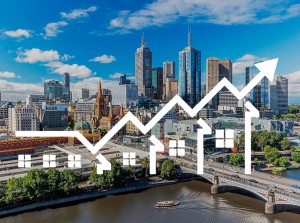









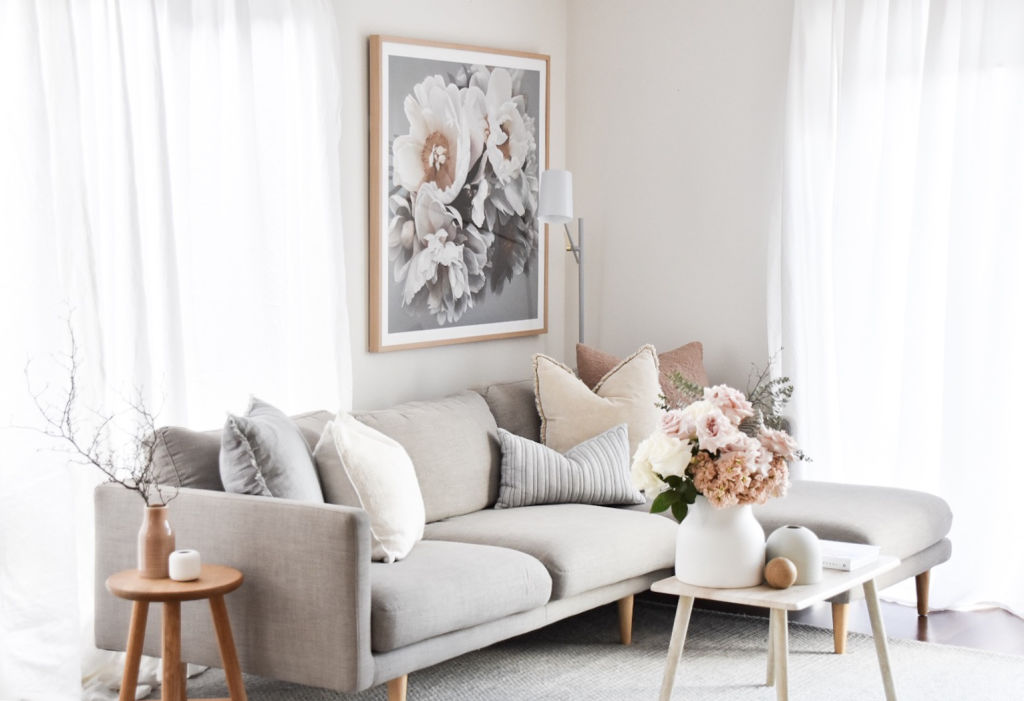
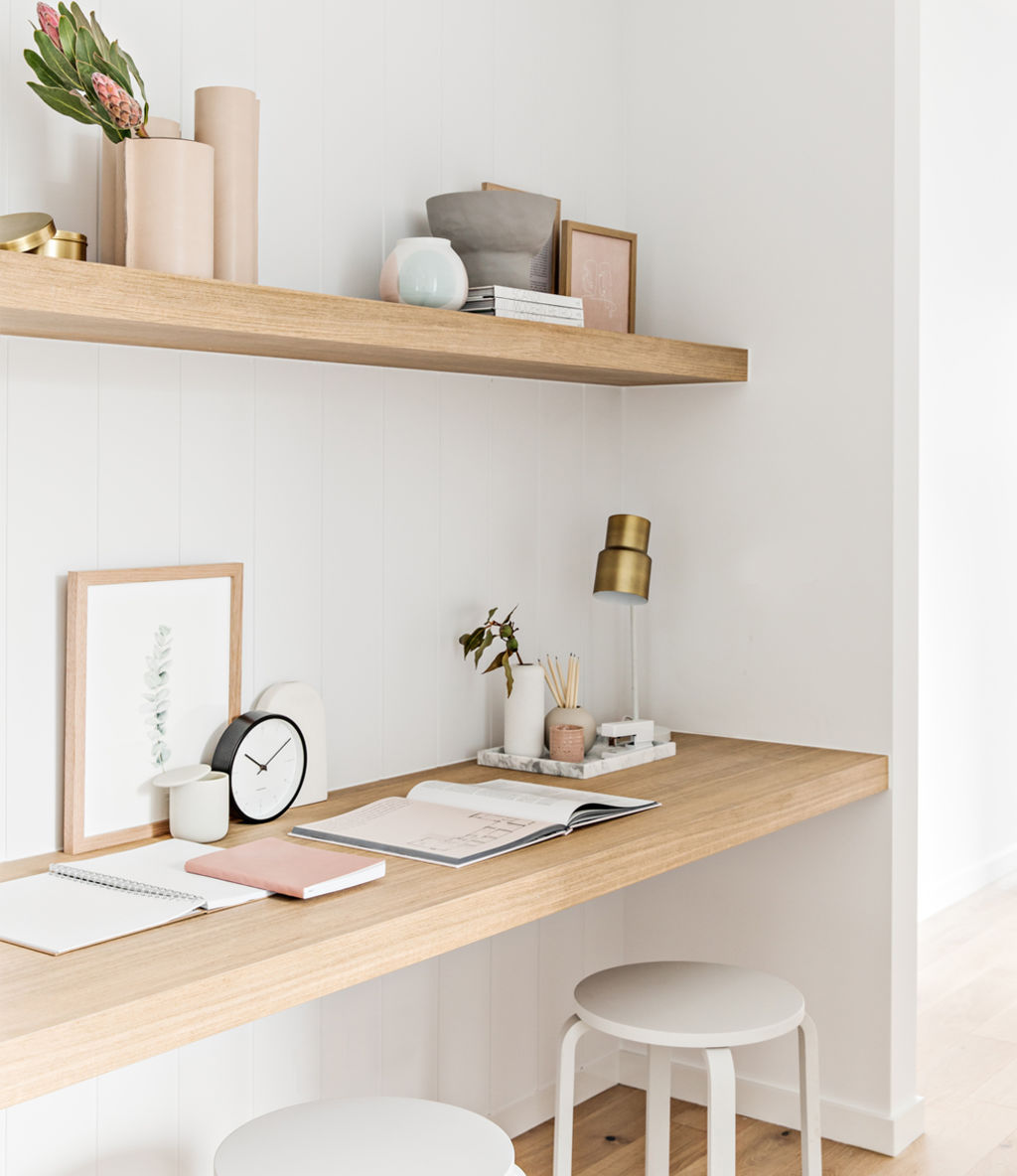
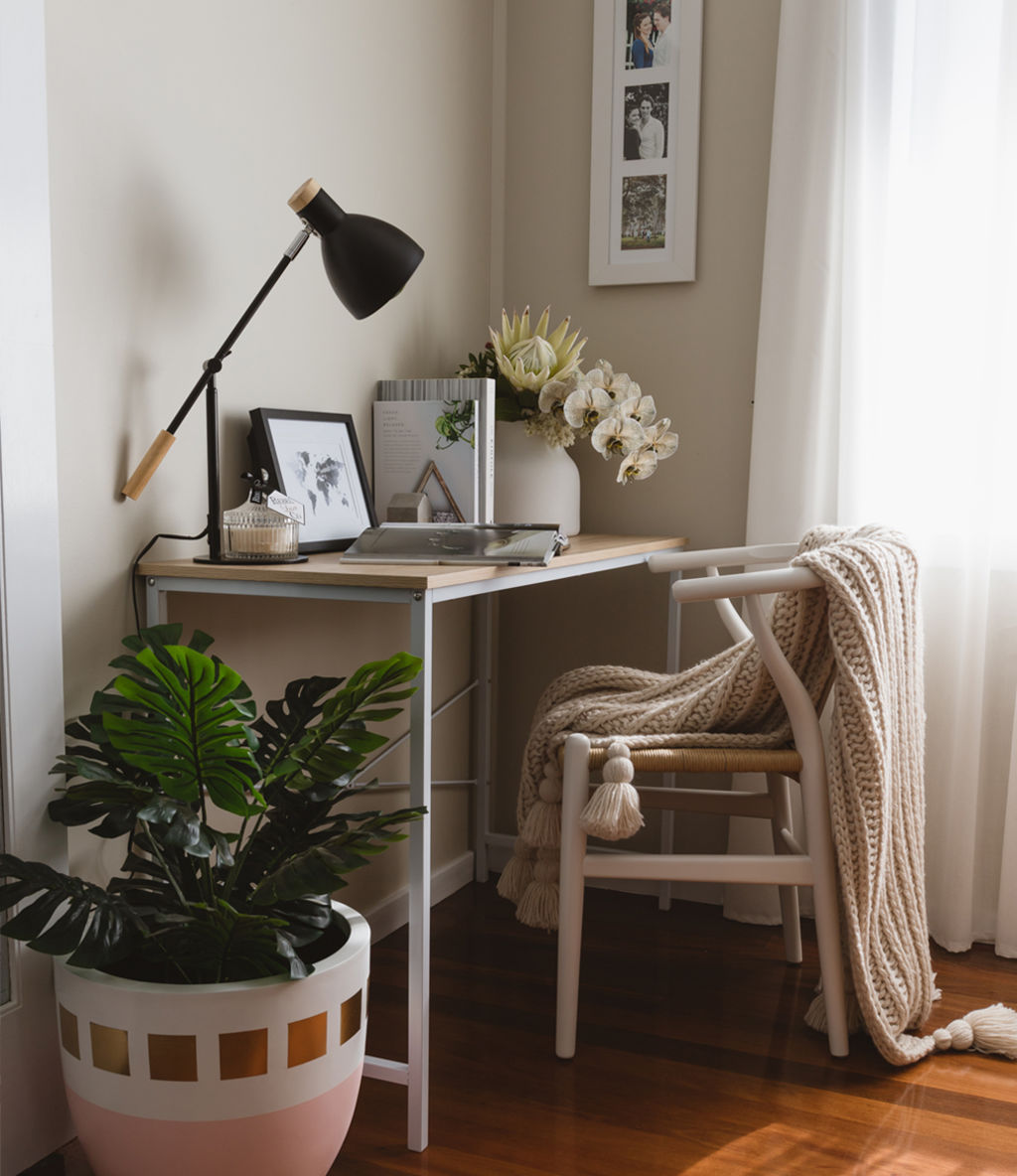
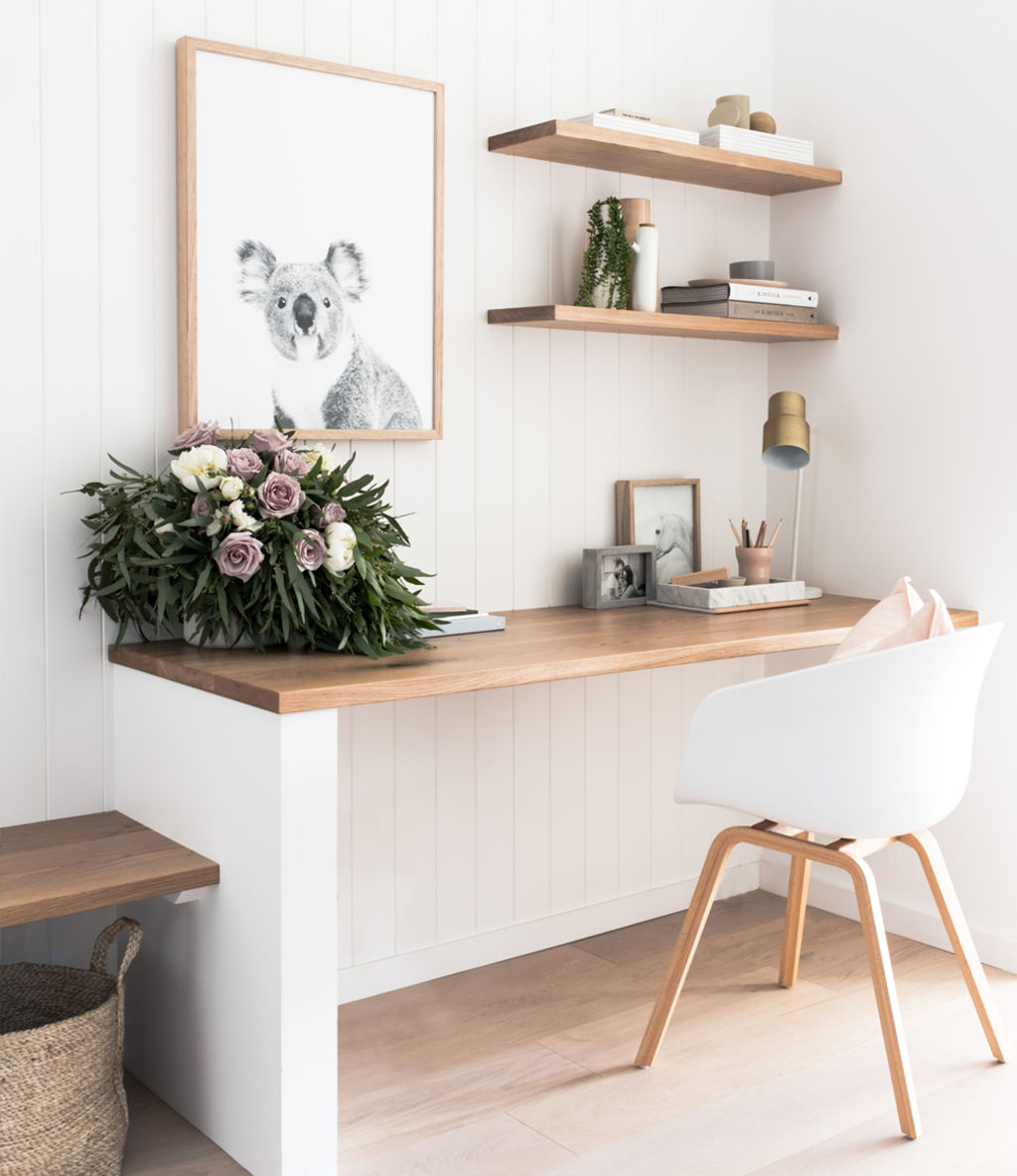

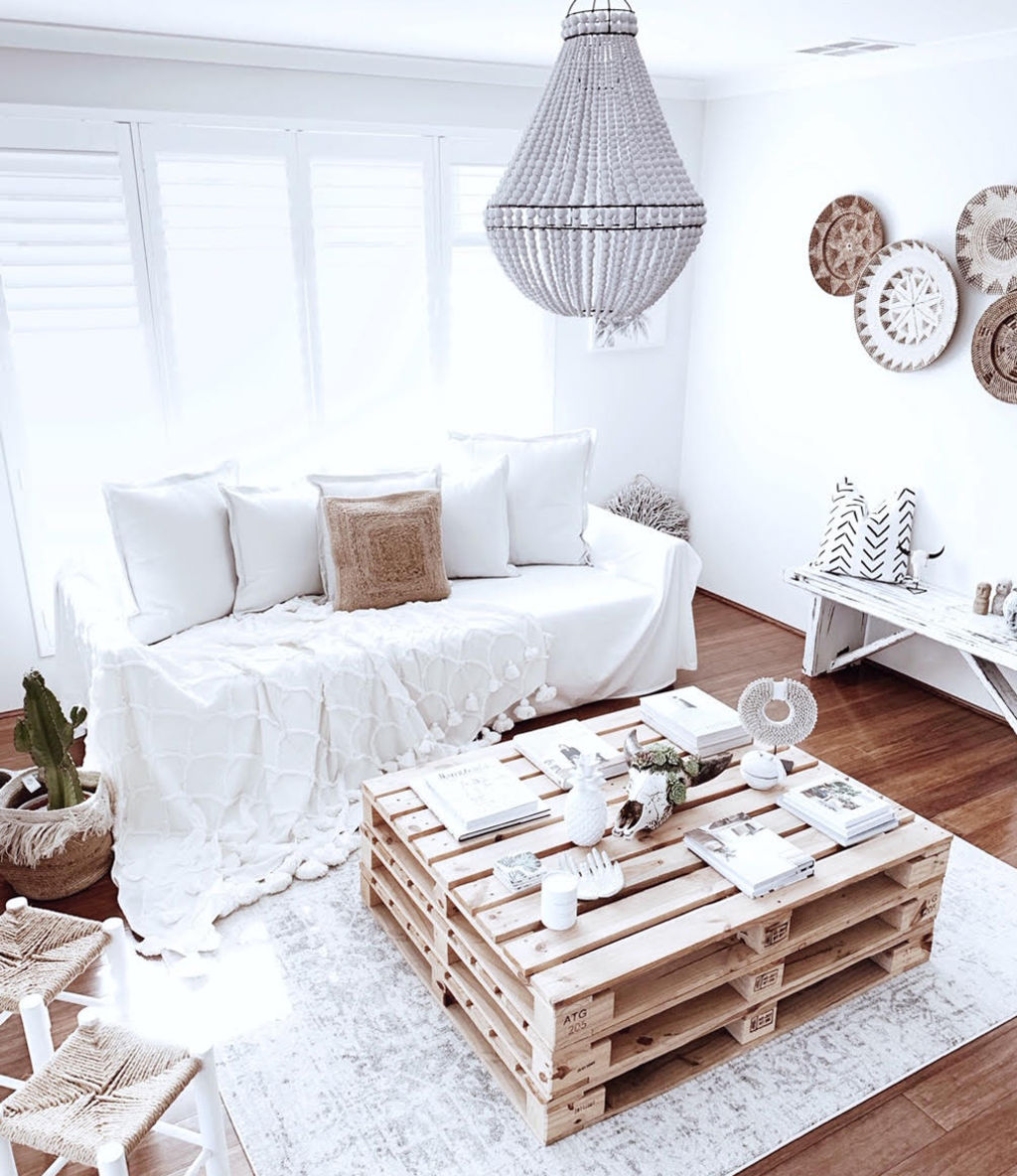

No comments:
Post a Comment